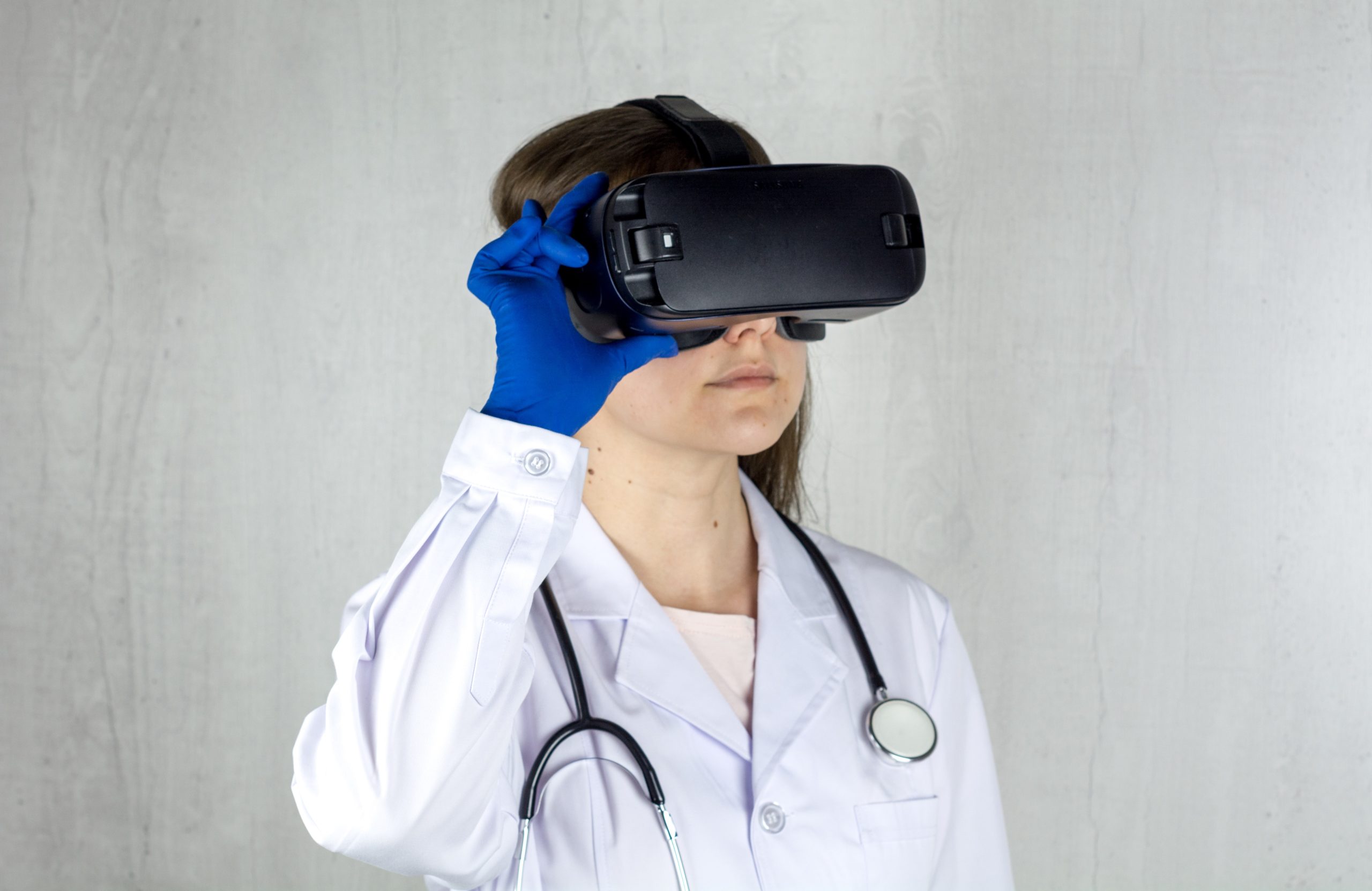In the world of healthcare, technology is advancing at a breakneck pace, and one of the most exciting developments in recent years has been the emergence of AI-powered diagnostic tools. These cutting-edge technologies are transforming the way that doctors and other healthcare professionals approach patient care, using advanced algorithms and machine learning techniques to achieve more accurate diagnoses than ever before. In this blog post, we’ll take a closer look at some of these groundbreaking tools and how they’re changing the face of modern medicine. So buckle up – it’s time to explore the fascinating world of AI-powered diagnostics!
History of AI-Powered Diagnostic Tools
The history of AI-powered diagnostic tools can be traced back to the early days of computing. Scientists and mathematicians began to realize that computers could be used to solve problems faster and more efficiently than humans. This led to the development of early diagnostic tools, which were based on artificial intelligence (AI).
One of the earliest examples of AI-powered diagnostic tools was a computer program created in the late 1960s called Linguistic Analysis for Machine Translation. This program was designed to help scientists improve their translation skills.
Over the years, AI-powered diagnostic tools have become increasingly popular in modern healthcare settings. Today, these tools are used by healthcare professionals to diagnose and treat a variety of medical conditions.
Some of the most common AI-powered diagnostic tools used in today’s healthcare system include:
1) Computer vision systems: These systems are used to detect abnormalities on images taken by medical devices such as scanners and x-ray machines.
2) Speech recognition software: This software is used to identify medical conditions from patient interviews and other audio recordings.
3) Text analysis software: This software is used to identify patterns and keywords in text documents or patient records.
Types of AI-Powered Diagnostic Tools
There are a variety of AI-powered diagnostic tools used by modern healthcare professionals. These tools can be used to help diagnose and monitor patients, as well as to provide information about their health and well-being. Some of the most popular AI-powered diagnostic tools include artificial intelligence algorithms that can identify abnormalities in medical images, patient history databases, and machine learning models that can detect patterns in health data.
Applications of AI-Powered Diagnostic Tools in Modern Healthcare
In the modern healthcare setting, diagnostic tools are essential for ensuring optimal patient care. AI-powered diagnostic tools can facilitate speedy and accurate diagnoses by automating certain steps of the diagnostic process. Some of the most common applications of AI-powered diagnostic tools includeiris recognition software, radiology scanning, and medical imaging.
Iris recognition software is used to identify people in photos or video images. This technology can be helpful in identifying patients and tracking their medical history. Radiology scanning is an important part of modern healthcare. It allows doctors to diagnose and monitor diseases by using X-rays and other imaging techniques. Medical imaging is also a vital tool for diagnosing disease. It can help doctors see inside the body and determine if a person has cancer or other health problems.
AI-powered diagnostic tools have many benefits for healthcare professionals. They are fast, accurate, and easy to use. Plus, they reduce human error in the diagnostic process. As AI-powered diagnostic tools continue to evolve, they will become even more important in modern healthcare settings.
Conclusion
As healthcare professionals, we are constantly looking for new and more efficient ways to diagnose our patients. In this article, we take a closer look at some of the most popular AI-powered diagnostic tools used by modern healthcare professionals. From bedside monitors to diagnostics for surgical procedures, these tools are making life easier for us and helping us deliver better care to our patients. We hope that this article has given you a little insight into how these tools work and why they are so important in the field of medicine. If you have any questions or comments, please feel free to let us know in the comments section below!










